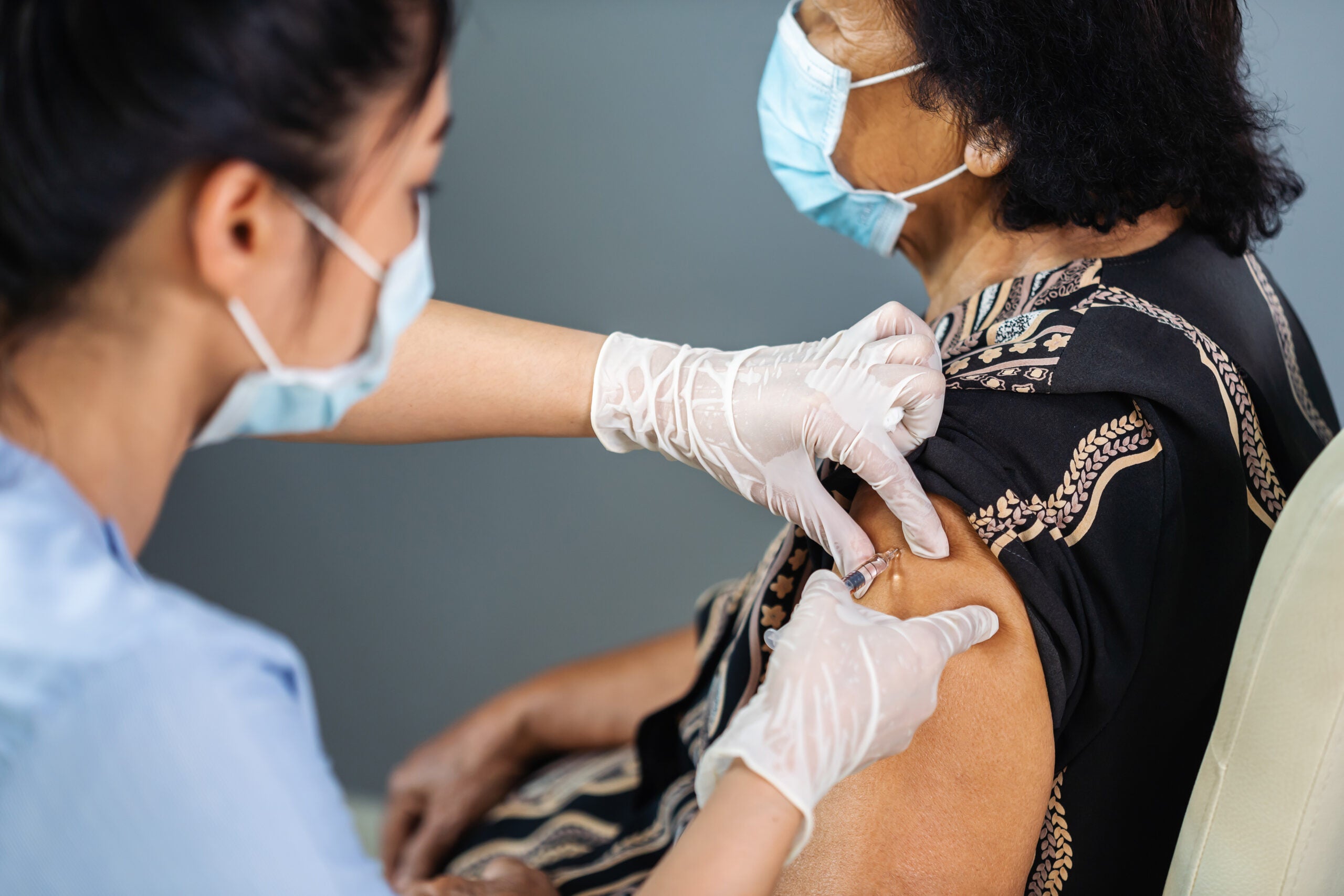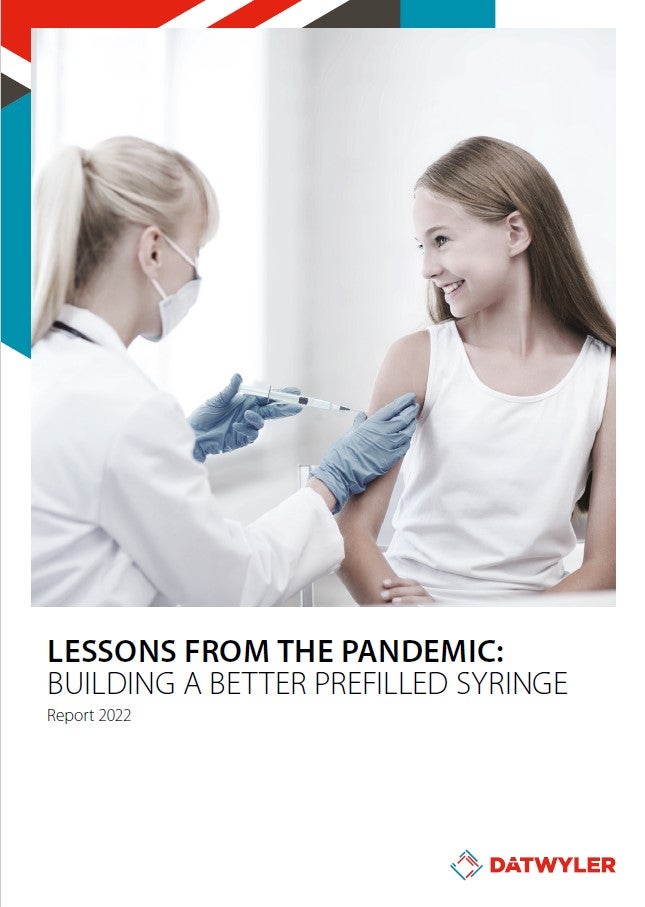
When it comes to vaccines and other high-value biologics, it is essential that effective formulations go hand in hand with safe delivery. Manufacturers are actively looking at ways they can improve drug delivery through well-designed parenteral packaging systems, and the choice to deploy prefilled syringes for more and more injectable drug products is a key part of this push.
Prefilled syringes offer a number of advantages over the more traditional glass vial. Some of these centre around the ability for self-administration – a great option for patients requiring repeat injections. An example is the ability of a patient suffering from venous thrombosis to perform their own injections of heparin – an anticoagulant often packaged in a prefilled syringe. By having the drug already dosed inside the chamber and no need to draw it from a vial into a syringe, the process is streamlined and the risk of a potential dosing error is eliminated.
This also has clear advantages in healthcare settings, particularly when it comes to vaccines. With quicker and easier administration, immunisation efforts can be accelerated. In addition, the injection process is made simpler for emergency frontline workers with limited training.
From the manufacturer’s perspective, a fixed dosage form means much less overfill is required compared to vials. Lower materials usage and easier storage and disposal are further advantages. This could equate to significant savings when considering the large-scale production and distribution of major vaccines.
According to Carina van Eester, global platform leader for prefilled syringes and cartridges at Datwyler, prefilled syringes are an appealing option when it comes to packaging vaccines. However, they are not always a first choice.
“Vials can hold more doses of the vaccine, allowing for more vaccinations and a lower cost, but prefilled syringes allow for easier administration, reduced risk of contamination, minimised risk of injuries during use and improved accuracy. Vials were chosen for the first Covid-19 vaccines in the US and the EU, but if we look at China, a large amount went immediately into syringes. In general, a prefilled syringe is clearly preferred for vaccines.”
In addition, the decision between a prefilled syringe or vial can be influenced by multiple factors. These include the type of vaccine, as each technology has specific needs and sensitivity levels. Storage requirements may also play a part in packaging selection, meanwhile the availability of materials and production machinery often need to be taken into consideration as well. Cost is an important final factor, especially for small and mid-sized pharma companies.
When launching a new vaccine, vials tend to be chosen. To boost the profitability of the drug at a later stage in its lifecycle, manufacturers may then consider changing the presentation to prefilled syringes. Thanks to the many benefits associated with this type of packaging, this move can be an effective marketing strategy for differentiating existing products from generic competition.
Lowering extractables levels
With prefilled syringes being used more and more frequently, manufacturers now face the task of optimising the design of the packaging system to improve its safety and function. An important place to start is the plunger, which must combine excellent seal integrity with smooth delivery.
This is where Datwyler, a leading provider of high-quality elastomer components, has focused much innovation. Available in a range of sizes, the company’s proprietary rubber compounds such as FM257 and FM457 are used in drug delivery systems by some of the world’s largest pharmaceutical organisations.
The FM457 is known for particularly low levels of extractables and leachables (E&L) – an important aspect of patient safety. “If you compare the FM257 to the FM457 you see a significant decrease of extractable levels,” Van Eester explains. “The main difference is the absence of the rubber oligomers related to the speciality elastomer used for FM457.”
Datwyler also offers fully coated plungers through its NeoFlex™ platform. Combining the FM457 formulation with a fluoropolymer coating further improves the plunger’s performance, making it one of the safest options on the market in terms of E&L. As such, NeoFlex plungers are ideal for highly sensitive, large molecule drugs.
A new challenge
During the Covid-19 pandemic, a new design challenge arose due to the extreme, low-temperature storage requirements of the mRNA vaccines developed by Pfizer and Moderna. This prompted Datwyler to study the thermal expansion coefficient of its various materials to evaluate their performance in sub-zero conditions. Researchers found that even after storage at -50°C for one week, all three Datwyler plungers maintained their integrity, with gliding forces barely impacted.
From their excellent safety profiles to their superior performance, Datwyler’s components are well-suited to the demands of packaging today’s vaccines. While vials are still a popular option, it is becoming increasingly likely that the world’s next pandemic-busting vaccine could be packaged in a prefilled syringe. Before then, pharmaceutical companies must work with their packaging suppliers to define the best components and coatings for an optimised drug delivery system.
To learn more about building a better prefilled syringe, download the whitepaper below.



